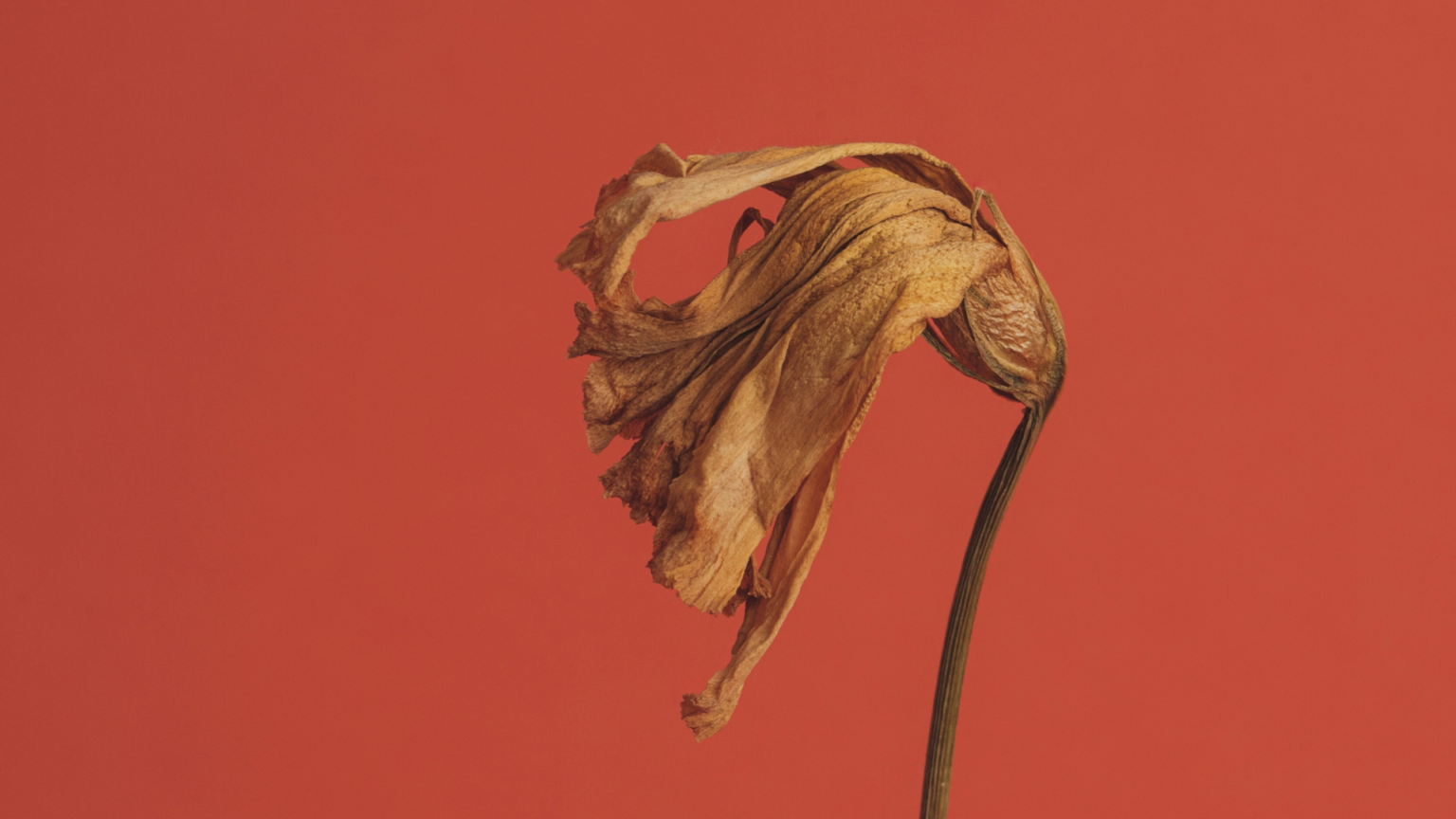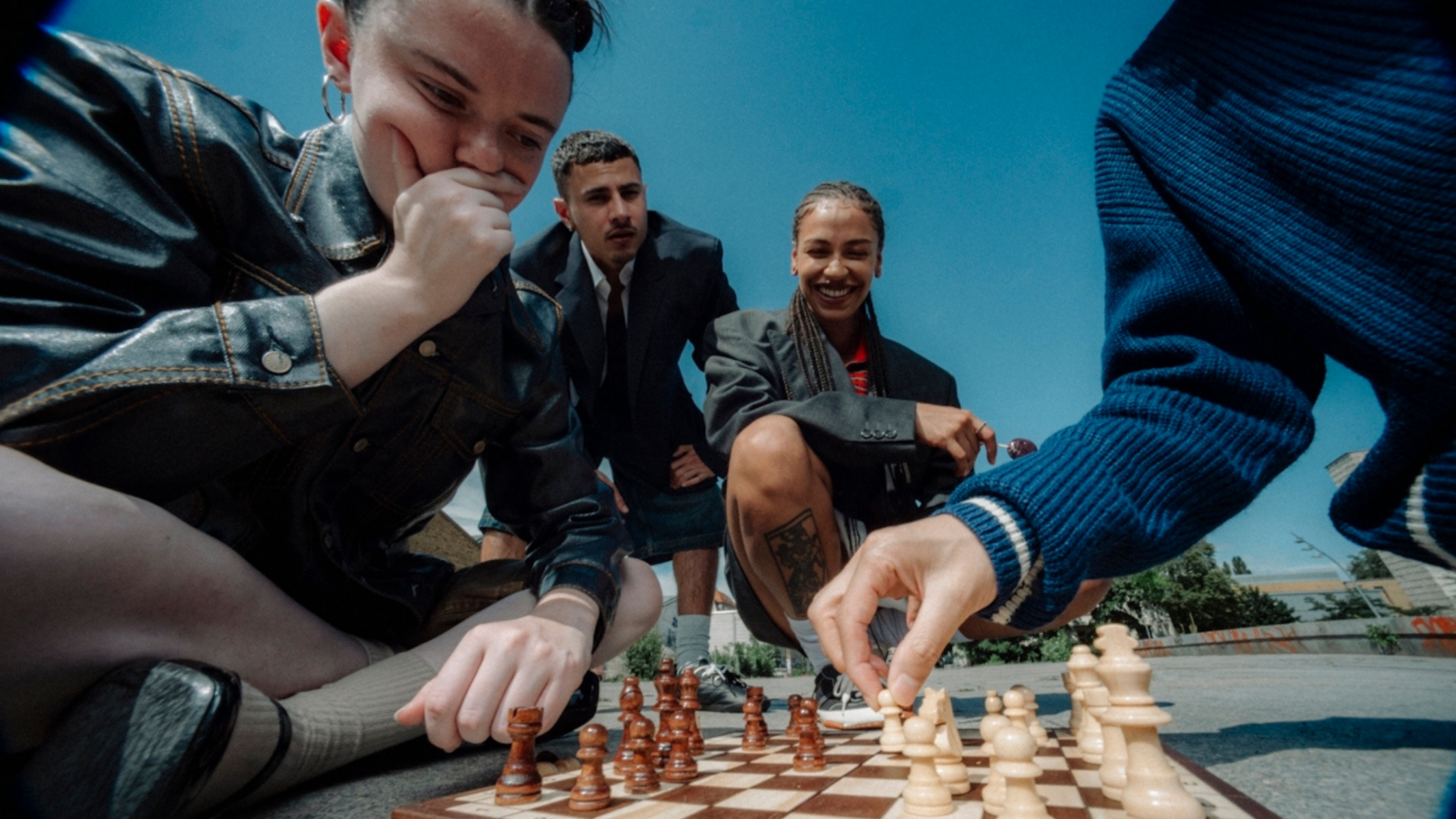I have a hot take on why Halloween is taking over more and more of our lives.
I think we’re using Halloween to explore our unprocessed grief as a culture.
Sales for the holiday are booming, Target added a whopping 1,300 Halloween SKUs this year, and the most Americans ever report they will be celebrating. It’s not a day or month anymore, Halloween is a whole season.
We want more Halloween.
Bigger and scarier, but also more all-consuming.
There’s been a surge in the popularity of immersive horror experiences and we’ve turned a children’s holiday into an adult escapade (adults now spend significantly more on Halloween for themselves).
Meanwhile, more and more people are seeking ways to find the pageantry in death, whether it’s in living funeral parties, death doulas or the death positivity movement. There’s been an explosion of #shadowwork, dark romantasy, and the overall rise of memento mori practices all at the same time.
Even the current rise of #witchtok has a longstanding precedent in people turning to the occult after periods of acute change (much like the acute change we have all experienced in recent years.)
America’s Halloween Era has arrived.
It’s a movement defined by our collective desire to be immersed in the dark, the morbid, and the macabre – and while consumerism doesn’t begin to adequately explain a movement with such emotional underpinnings, psychology possibly does.
This may be one of the ways we’re dealing with our grief for what has been lost over the past few years: loss of community, loss of safety and social trust, and even the loss of our previous identities.
We have lost so much and in so many ways, and a culture can only go so long without addressing its grief.
For many, the chaos and upheaval of the past few years didn’t leave time to properly process it all. The pandemic, shifting economy, social and political unrest, and constant uncertainty took us from one crisis to another, leaving us in a state of suspended mourning.
And so where does a culture like America’s go – a culture famously bereft of any formal rituals for embracing death and loss – when it needs to confront these feelings that have been building up for so long?
We go to a holiday like Halloween. A holiday that acts as a safe and creative space for turning grief into a form of ritualized expression.
That doesn’t mean we feel sad or shed tears on Halloween. It means, instead, that we’ve begun to use it as a sort of emotional release valve.
We can toy with the feelings that have haunted us without having to succumb to them.
We can relate to death without having to admit exactly what has been lost.
And maybe that’s as much as our weary culture can handle right now.
After all, it’s one of our only holidays that openly embraces themes of darkness and transformation, letting us confront difficult emotions in a palatable but meaningful way.
We can play to process, and that’s the perfect compromise for a public that is maybe too fatigued to handle their collective trauma head-on.
It’s death, but from a playful distance.
With such emotional burden in the air, it’s no wonder that Halloween has started to change the landscape of both our front lawns and our businesses. It has literally transformed the pattern of Home Depot’s foot traffic, and the once-small faction of Halloween superfans is now racing alongside the general public to get hot items before they sell out, usually months in advance of October 31st at places like Target, Pottery Barn, Bath Bath and Bodyworks, Crate & Barrel, Homegoods, JoAnn’s and numerous other retailers.
Even the Spirit Halloween store, once an eyesore in struggling retail centers, has become the welcome harbinger of spooky season.
Now I understand that some of this can be explained by the rise of cosplay, Halloween’s non-denominational appeal, and our general, growing urge to just celebrate more (all great points brought up by strategists I admire when I first posted this hot take on LinkedIn), but I don’t feel that these forms of American consumerism fully explain the magnitude of what’s happening.
We’re buying more of the holiday because we want to live more of it. Normal people around the country are in bitter feuds with their HOAs to keep their 12-foot Home Depot skeletons (a.k.a. Skellys) up all year long, dressing them up for Mardi Gras, Independence Day, Christmas and Back-To-School season.
For others, Halloween is a year-round aesthetic distinct from goth or emo. Halloween planning comes earlier every year and lawn decorations continue to get more gory and terrifying.
We want Halloween, along with all of its chills and thrills, to be a more integral part of our lives. We want to coexist with our haunting feelings and to draw out the terror. We’re seeking a deeper and darker experience not only out of Halloween, but also out of all of the death-related trends that are growing in step with it.
A nation robbed of its mourning now longs to dance with fear. We’ve wanted to face the darkness for a long time and when feelings like that are repressed, they don’t just go away. Instead they come out sideways – in weird, playful, thinly-veiled desires to feel something deeper.
And this is where brands should take note.
This new eagerness to play with the things that terrify us is whole new territory. This is not jumpscares and haunted houses. This is a vicarious release for our pent up distress. On some level, people aren’t really looking for Halloween. They’re looking for catharsis—a release for emotions they’re not able to process otherwise, because they haven’t been given the time or space to do it in.
You have to ask yourself if your brand creates the kinds of spaces people can feel deeply in. If people are looking for spaces where they can jolt their emotions and feel something more intense, are you creating those spaces for them?
It doesn’t have to be Halloween and it doesn’t have to be feelings of mourning, but it does have to be a special space where people can behave and feel differently.




